Description
Campanula trachelium ‘Snowball’
Campanula trachelium ‘Snowball’ is an unusual double flowered pure white form of our native nettle-leaved bellflower. It is much shorter than C.trachelium producing a a multi-stemmed clump growing about 18″ high – less than its blue cousin C. ‘Bernice’. Like ‘Bernice’, the points of the outermost petals are curled outwards like an elf’s hat. It is happy in sun with adequate moisture or semi-shade in drier sites and flowers in late Summer. Peter Lewis, who wrote the Hardy Plant Societies booklet on Campanulas says that Snowball is ” a name applied in USA; ‘Alba Plena’ is correct especially as ‘Snowball’ is illegitimate, a confusing translation of a C.persicifolia cultivar of old date.”
Campanulas are the Bellflowers, covering a wide range of species from small creeping alpines to robust tall herbaceous perennials. In general they all enjoy a position in a well-drained, cool soil in full sun, though several species will grow very happily in light woodland. Amongst these shade tolerant varieties are Campanula persicifolia and Campanula latifolia. Several of the more robust species are ideal for naturalising in grass, for example Campanula lactiflora and Campanula latifolia.
There are Campanula species native to Britain, including the diminutive Harebell, Campanula rotundifolia, which can be found growing in chalk grasslands. Two larger native species are Campanula trachelium, the Nettle-Leaved Bellflower or Bats-in-the-Bellfry, which grows on heavy soils throughout Britain and the very tall Giant Bellfower, Campanula latifolia, which grows mainly in woods in the North of the country. Campanula glomerata can also be found growing in chalky meadows.
Campanula trachelium has an interesting naming history. The specific epithet ‘trachelium’ derives from ‘trachelos’ – a throat. This comes from its former use as a remedy for sore throats, leading to another of its common names, Throatwort. The name Bats-in-the-Bellfry doesn’t allude to madness, but to a fancied resemblance between the stamens hanging in the bell-like flower and bats hanging in the bells of the church steeple.
Many Campanula are Mediterranean in origin, but their distribution covers most of temperate Europe across into Asia, extending into the Hinalayas. Campanulas can be grown very successfully on chalky sites.
Many Campanula cut well for the house, Campanulas persicifolia and lactiflora especially. In its native region, Campanula pyrimidalis ‘Alba’ is frequently used as an altar flower.
Campanula was, in past times, used as a vegetable, but its use has long since fallen from favour. The species principally used was Campanula rapunculus – Rampion, the roots of which were boiled like a parsnip and the leaves eaten as a salad vegetable. There is mention of it by Shakespeare’s Falstaff and by Drayton in his poem Polyolbion showing that rampions use was widespread in the 16th Century. Rampion also figures in the Fairy Tale Rapunzel on account the belief that caused quarrels between children.
Campanula derives from the diminutive from of ‘Campana’ a bell.
Campanulaceae

















































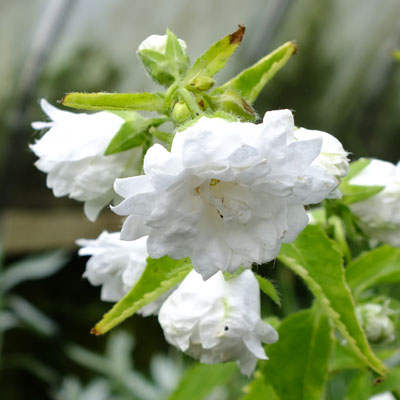
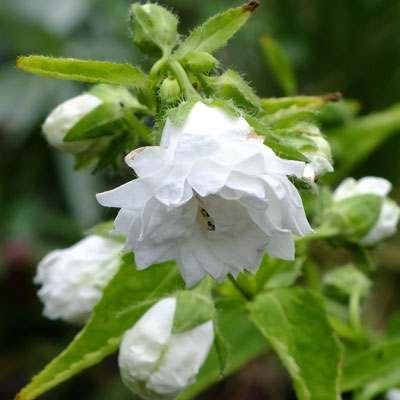
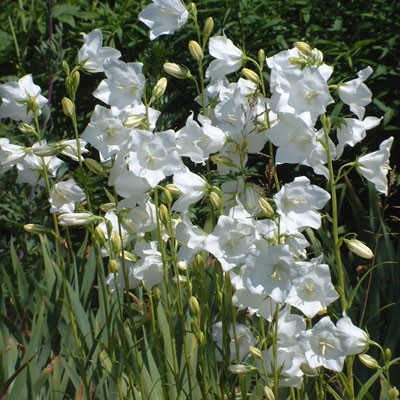
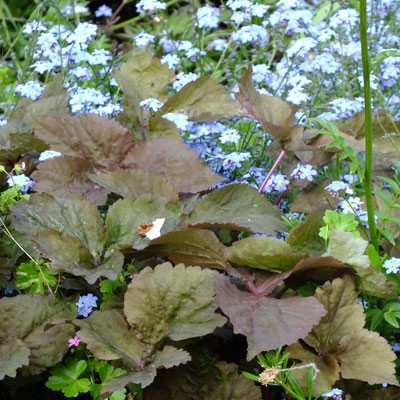

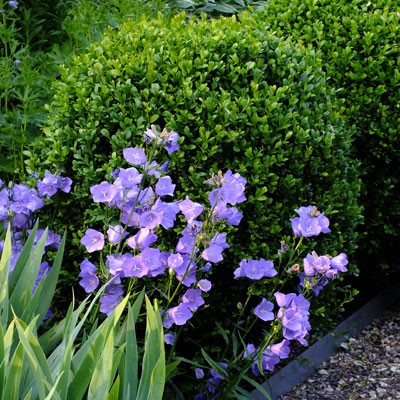
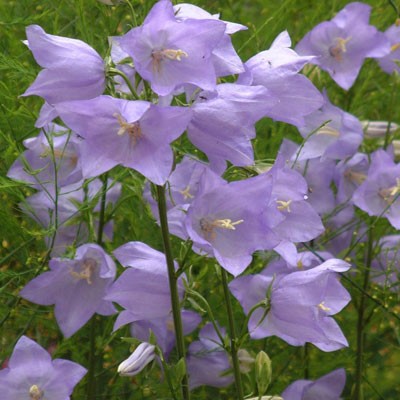
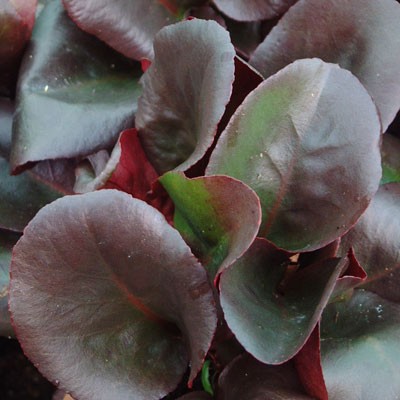
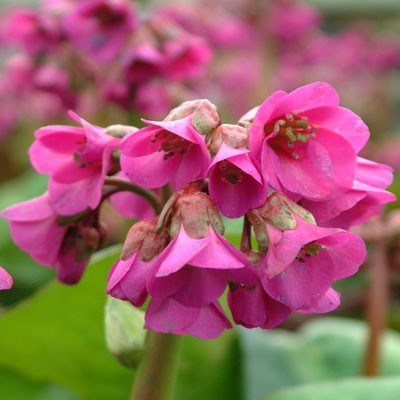
Reviews
There are no reviews yet.